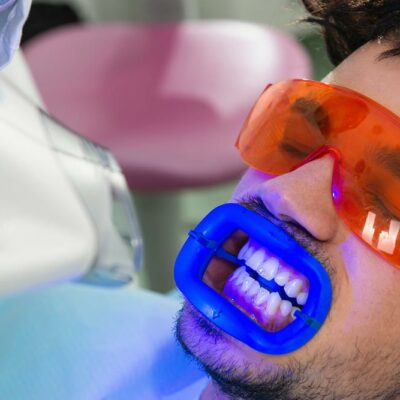
Common Treatments for Atrial Fibrillation
Atrial fibrillation is a health problem that affects a person’s heart. When someone develops it, their heart’s upper chambers do not beat in sync with the lower ones. If patients ignore the issue, it can lead to stroke, heart failure, and other complications. When doctors treat the illness, they try to control the individual’s heartbeat and restore the organ’s normal rhythm. They may use multiple approaches for the treatment process.
Medicines
1. Beta-blockers
Beta-blockers slow a person’s heartbeat rate when it is beating too fast. They lessen the organ’s muscle strain and give the ventricles enough time to fill blood completely. Atenolol, bisoprolol, and carvedilol are common names of beta-blockers
2. Blood thinners
Doctors also call these medicines anticoagulants. Many people use them to lower the risk of blood clots and stroke. Experts may suggest warfarin for atrial fibrillation. It is the most commonly used blood thinner for this problem.
3. Calcium channel blockers
Diltiazem and verapamil are the most common options in this category. Calcium channel blockers control a person’s heart rate and reduce the pumping action of the organ. People with low blood pressure, however, may need to avoid this medication.
4. Heart rhythm medicines
These can also be called antiarrhythmics. They help change an abnormal heart rhythm into a normal one. Procainamide, disopyramide, or propafenone are some examples here.
Surgery or procedures
The following surgical procedures may be done in an emergency or if medicines do not improve the symptoms:
1. Cardiac ablation
In some cases, cardiac ablation may be the first treatment. This procedure uses heat or cold energy to disrupt irregular heart signals and restore normal heartbeat. Sometimes, a pacemaker may be inserted depending on the kind of ablation.
The different types of ablation used to treat atrial fibrillation include:
- Atrioventricular node ablation
This type uses heat energy to destroy electrical signaling connections. Doctors attach a permanent pacemaker to the heart for a steady heartbeat. It is tried when a patient does not respond to medications. - Maze procedure
This procedure creates scar tissue in the person’s heart. This tissue helps the heart’s electrical signals travel in the right direction. - Hybrid atrial fibrillation ablation
It is a combination of ablation and surgery used for long-term atrial fibrillation.
2. Cardioversion
Cardioversion helps when the heart is beating very fast or irregularly. There are two types:
- Electrical cardioversion
Doctors send a high-energy shock to the heart using paddles or patches called electrodes. These devices are placed on the chest to normalize the heart’s rhythm. A person may need life-long medicines after this process to prevent the return of atrial fibrillation. - Drug cardioversion
Experts give medicines through mouth or IV to reset the heart rhythm in this approach.
3. Left atrial appendage closure
This operation seals off the left atrial appendage to reduce the risk of blood clots and stroke. A person’s left atrial appendage is found in the heart’s top left. Closing it prevents blood clots from going into the bloodstream.
A doctor will choose any type of treatment after studying many things, like the person’s symptoms and overall health.


